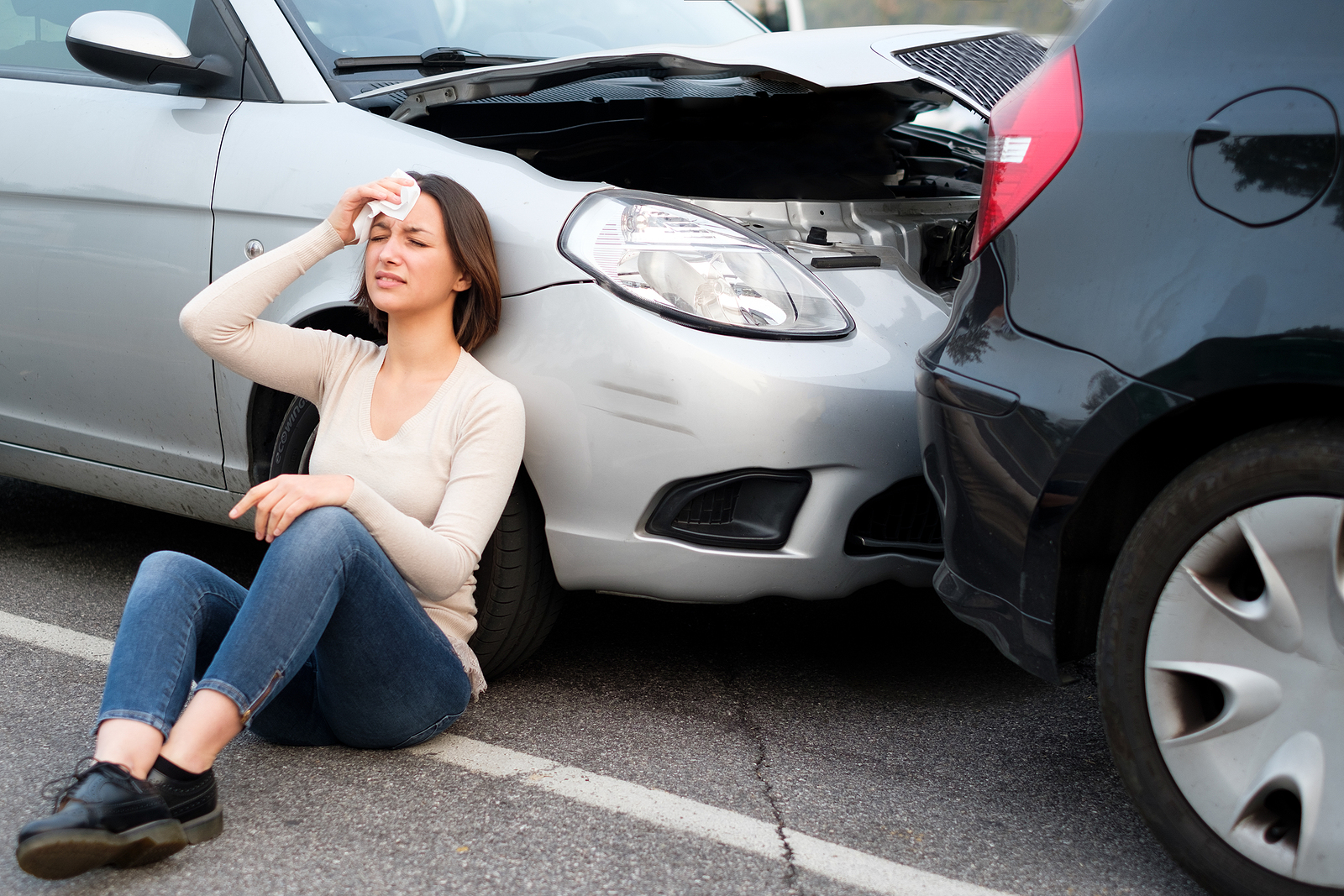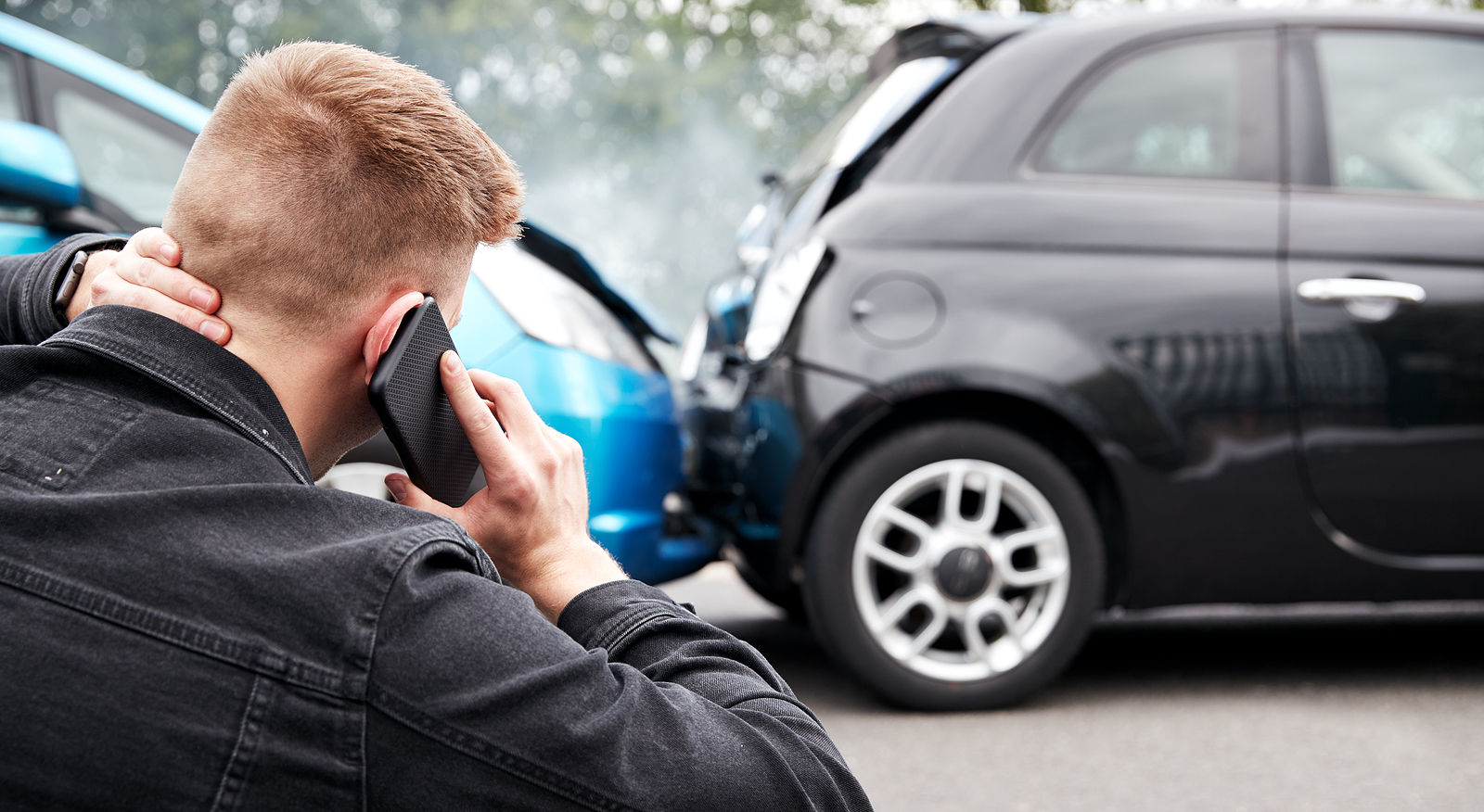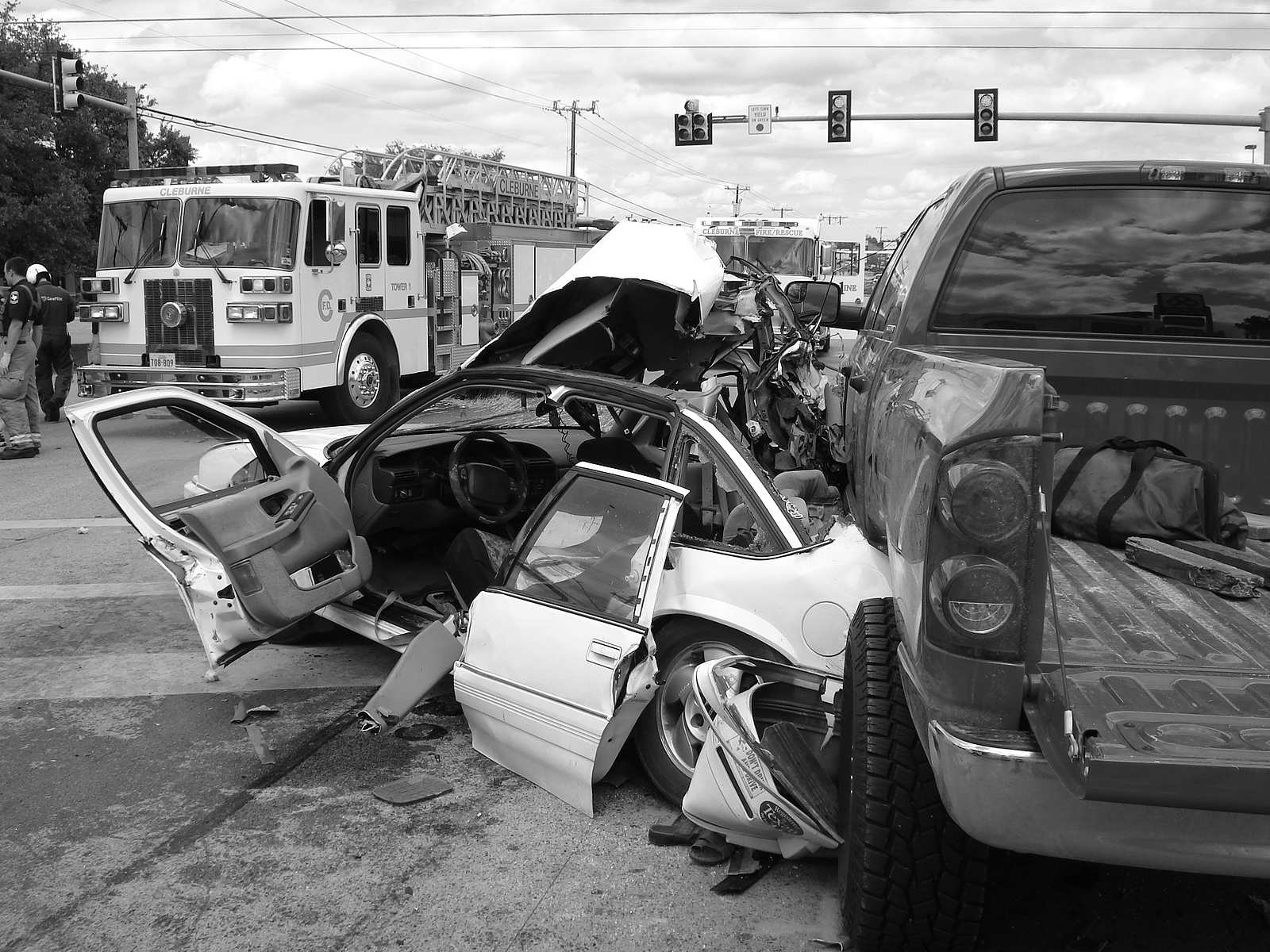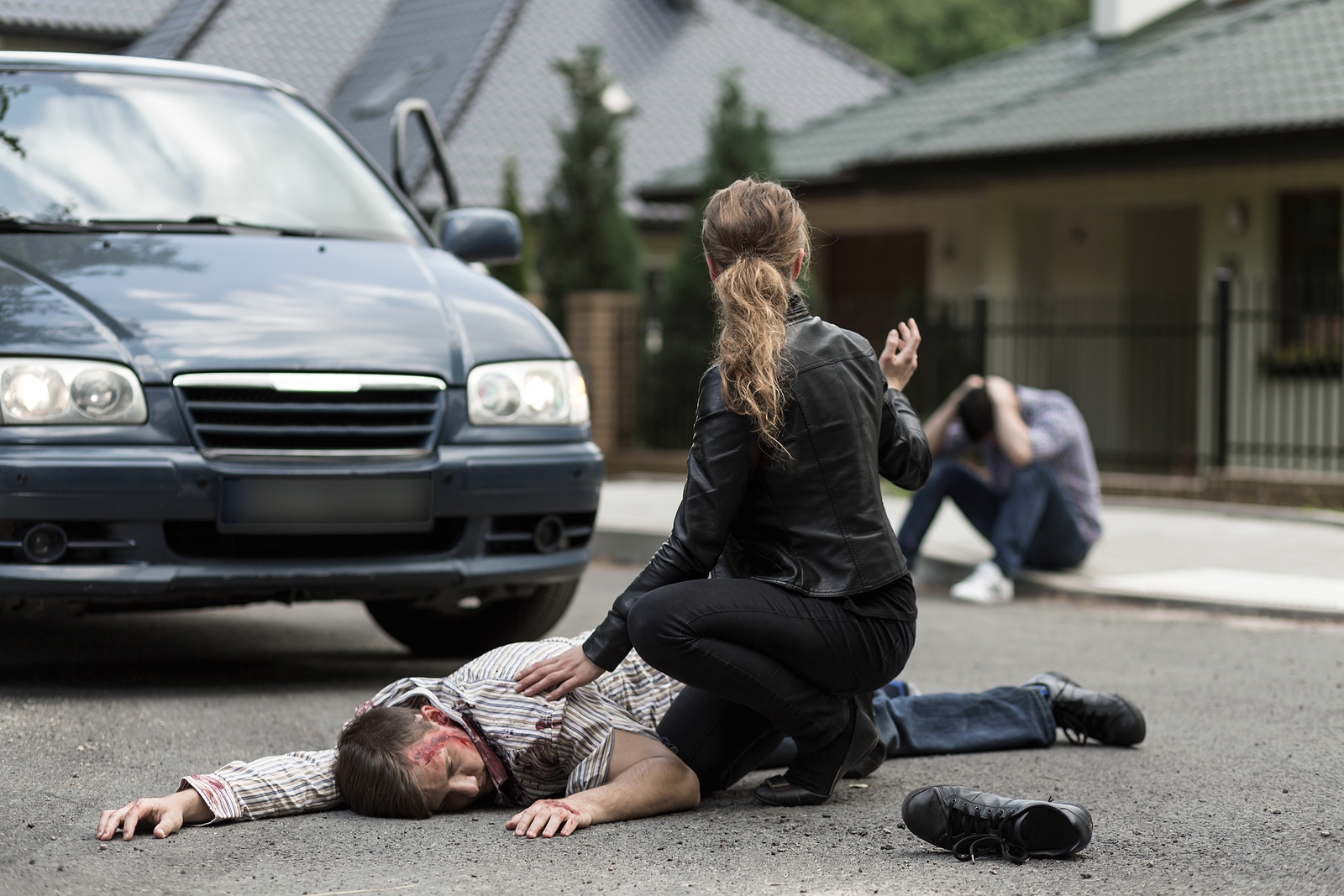Have You Been in a Motor Vehicle Accident?
Anyone who has been involved in a car accident, even if it wasn’t their fault, knows how disruptive the entire experience can be. The immediate impact on your life is readily apparent. Interacting with the other parties can be stressful. Will there be an altercation? Is anyone injured? Who should call the cops? So much for getting to work on time.
And then there’s dealing with insurance. What a pain.
But what if you don’t have auto insurance? What if one of the other parties doesn’t have insurance? What will happen, then?
What Happens When an Uninsured Driver is in an Accident?
There are certain steps we are supposed to follow when we are involved in a car accident.
When involved in an accident, the first thing you should do is move your vehicle to safety if you are able to do so and if it is safe to do so. Take this time to assess yourself and your passengers. Is anyone in your vehicle injured? If anyone is injured, do they require immediate medical attention? If so, call 911 immediately and request an EMT be dispatched to your location immediately.
If you are not in need of medical attention, you can call the non-emergency dispatch number and request that an office come to the scene of the accident.
When and if you are able, and when it is safe to do so, exit your vehicle. You can check on the other parties involved in the accident, but be sure to avoid taking the blame for the accident, even if you are positive the accident was your fault.
If you have insurance coverage, provide your insurance information to the other parties involved in the motor vehicle accident. Collect their insurance information. You should exchange contact information with all parties involved in the accident.
Now that you have the formalities out of the way, this is your time to collect evidence. Even if you believe you are at fault for the accident, you may be missing a key piece of evidence that an adjuster may notice that could clear your name.
Using your phone, take photos of the scene of the accident. Be sure to take pictures of any skid marks left on the pavement from your accident. Take photos of the damage done to any vehicles involved in the accident. Take photographs or videos of any present traffic safety measures, such as stop signs, yield signs, traffic lights, crosswalks, and so on.
Did your accident happen in front of a business that may have street-facing cameras that could have caught video of the incident? If yes, take photos of these businesses. That information could be useful should the issue blow up. Be sure to save all of this information.
If anyone witnessed your accident, ask if they would be willing to give a statement to the police regarding the events that led up to it.
Police should be on the scene and ready to collect your statement and information by this point. Give them your driver’s license, and if you have auto insurance, give your insurance information. If you do not have insurance, do not attempt to deceive or lie to the police. Be honest. They may be more understanding than you think. Still, avoid taking the blame for the accident. Just be honest.
Take time following the accident to report the incident to your insurance, should you be insured. It is a good idea to have a medical examination following any accident, as some injuries are not always visible, and symptoms can manifest years down the line should your injuries go unnoticed. Even if you don’t have insurance, it is recommended you have an examination.
What is a No-Fault State?
New York is one of a dozen states considered a no-fault car insurance state. This means that your insurance pays for medical and other out-of-pocket expenses incurred by anyone covered by your insurance, regardless of who caused the accident.
In an ideal world, all parties involved in an accident would have coverage, and their coverage would cover their costs. However, some people may choose to drive without insurance. New York also requires uninsured motorist coverage. This protects you should you be in an accident with someone who does not have insurance.
However, should your losses exceed your insurance policy’s coverage and you are not at fault for the accident, you can sue the other party. The opposite is true for you, should you be found at fault and the other party’s injuries exceed their insurance coverage.
If an uninsured driver injures you and your costs exceed your insurance coverage, you can then choose to sue the other party in an attempt to recoup your losses.
Do You Need an Attorney?
Let’s say you are badly injured, and an uninsured driver totals your vehicle. It may seem like an open-and-shut case, right? They broke the law by driving without insurance. They caused an accident that resulted in you seeing monetary loss.
What happens if you have maxed out your insurance coverage, but the medical bills are still adding up? You are still unable to work, and you are facing financial ruin, all because someone else decided to drive without insurance.
You have decided to sue the other party to try to make things right again, but you don’t know where to start.
That’s where The Law Offices of Elke E. Mirabella, P.C. comes in. Our experience with personal injury claims means we can fight for the maximum compensation for you!
Call 631-721-4662 to schedule a no-obligation consultation. Find out how we can make things right for you!
